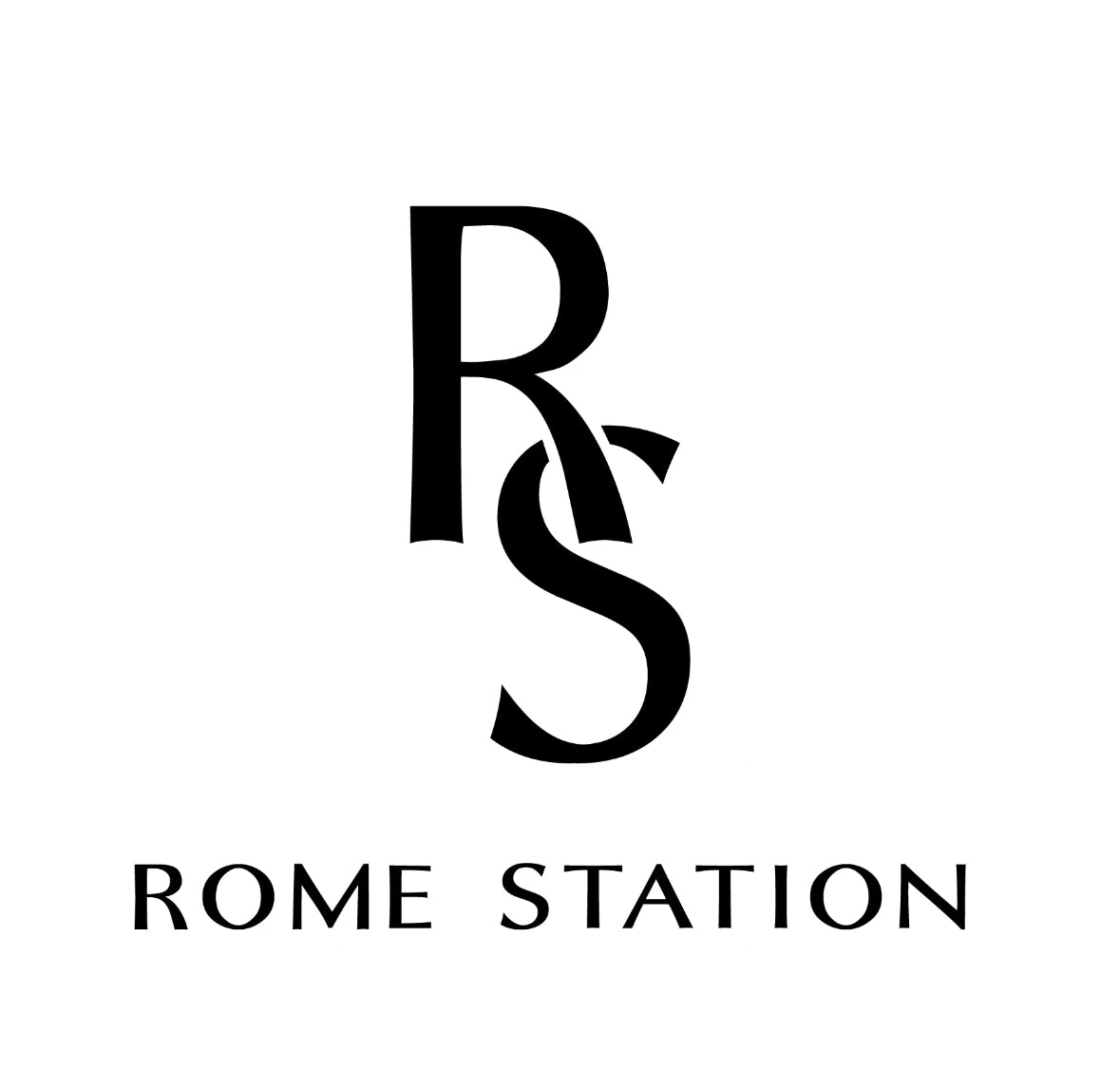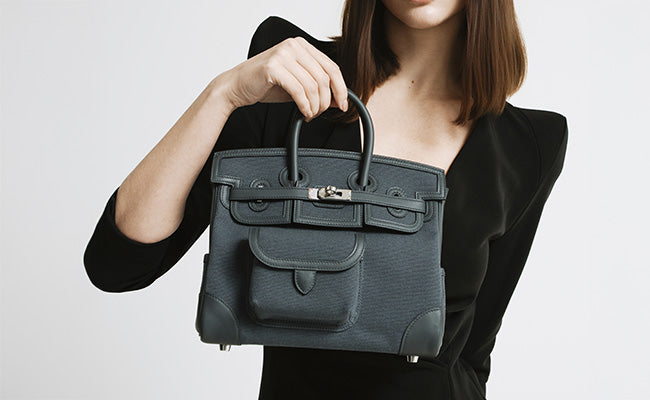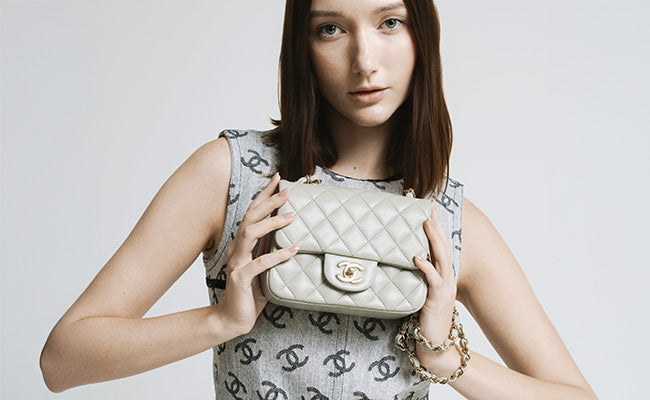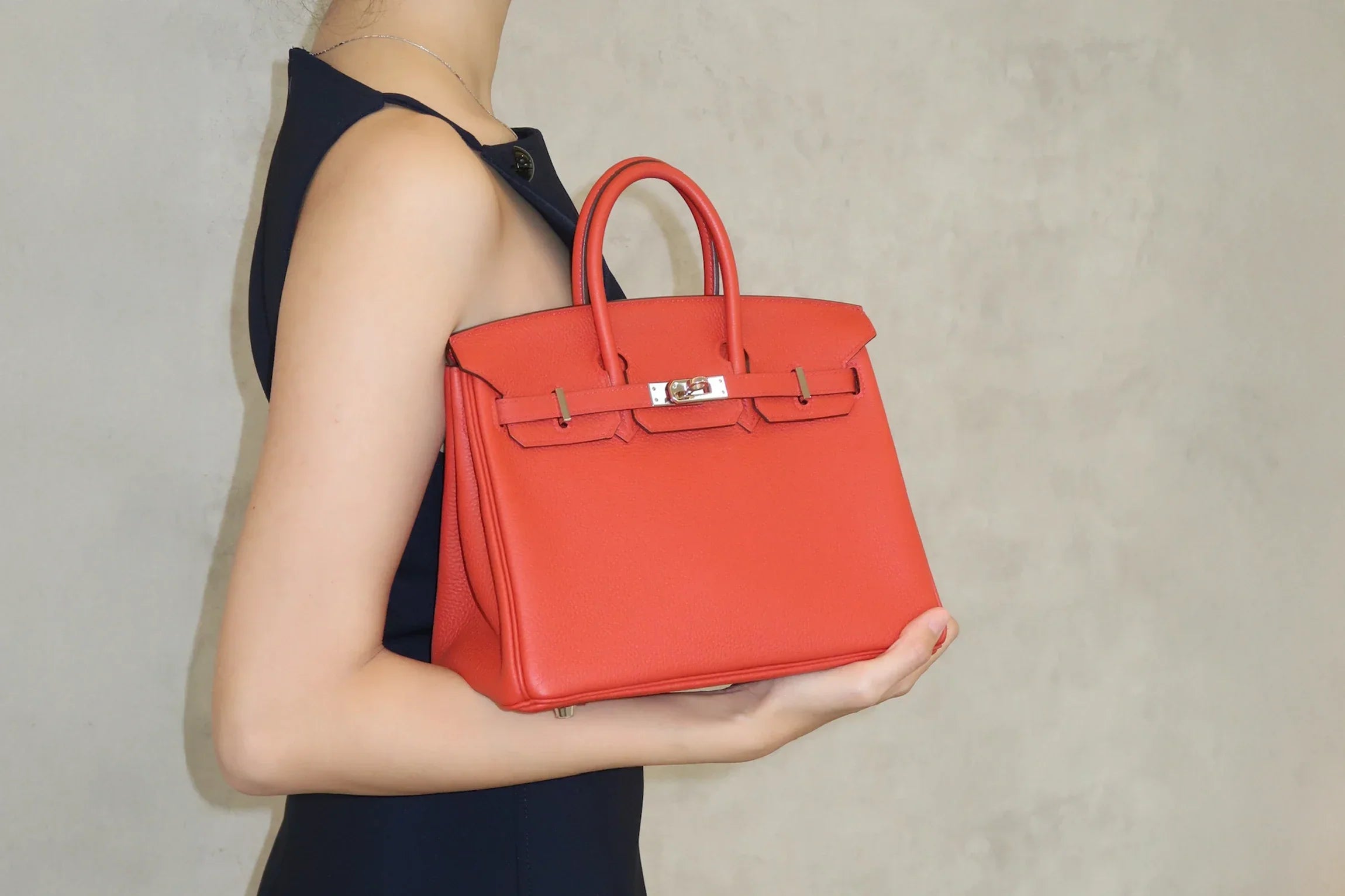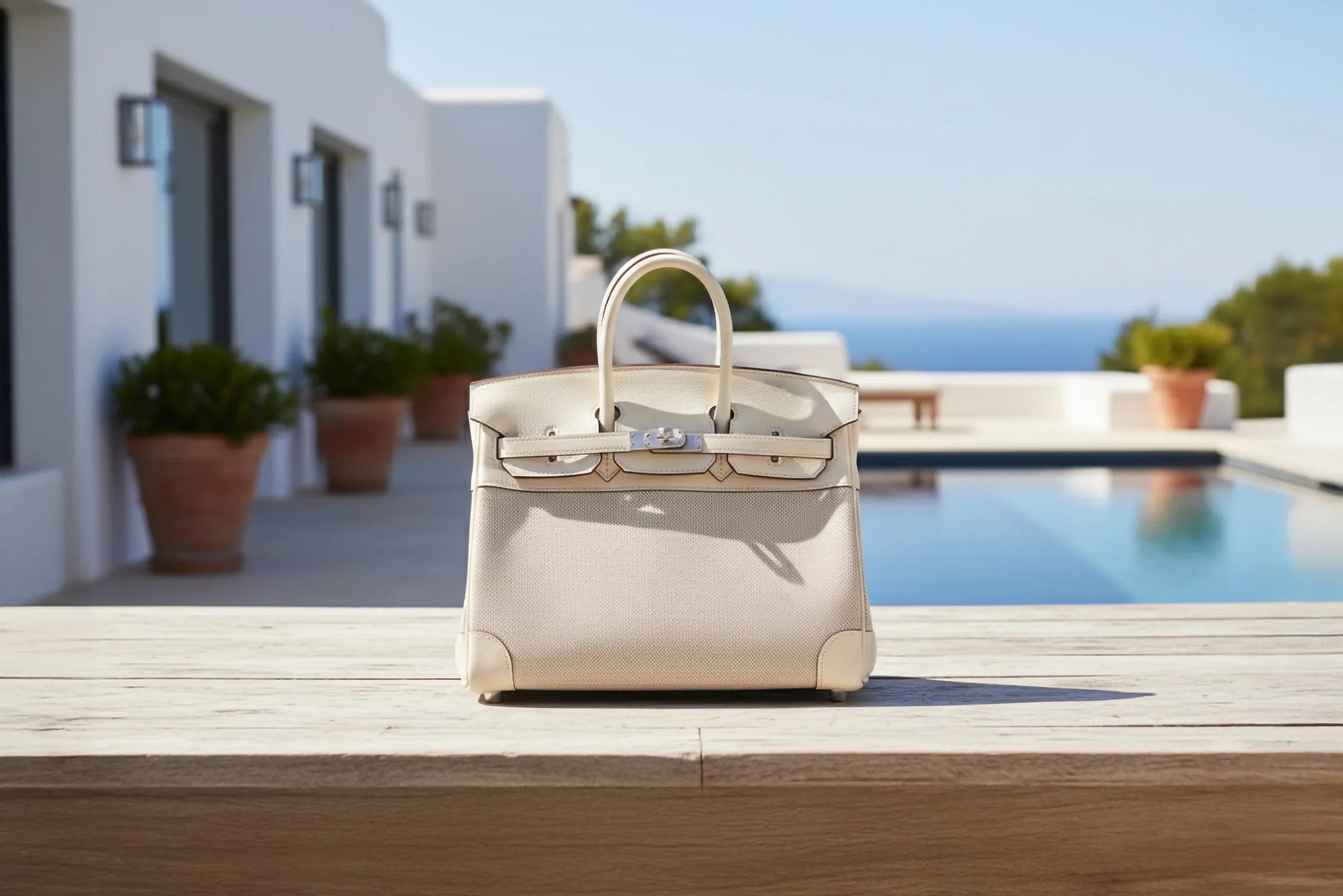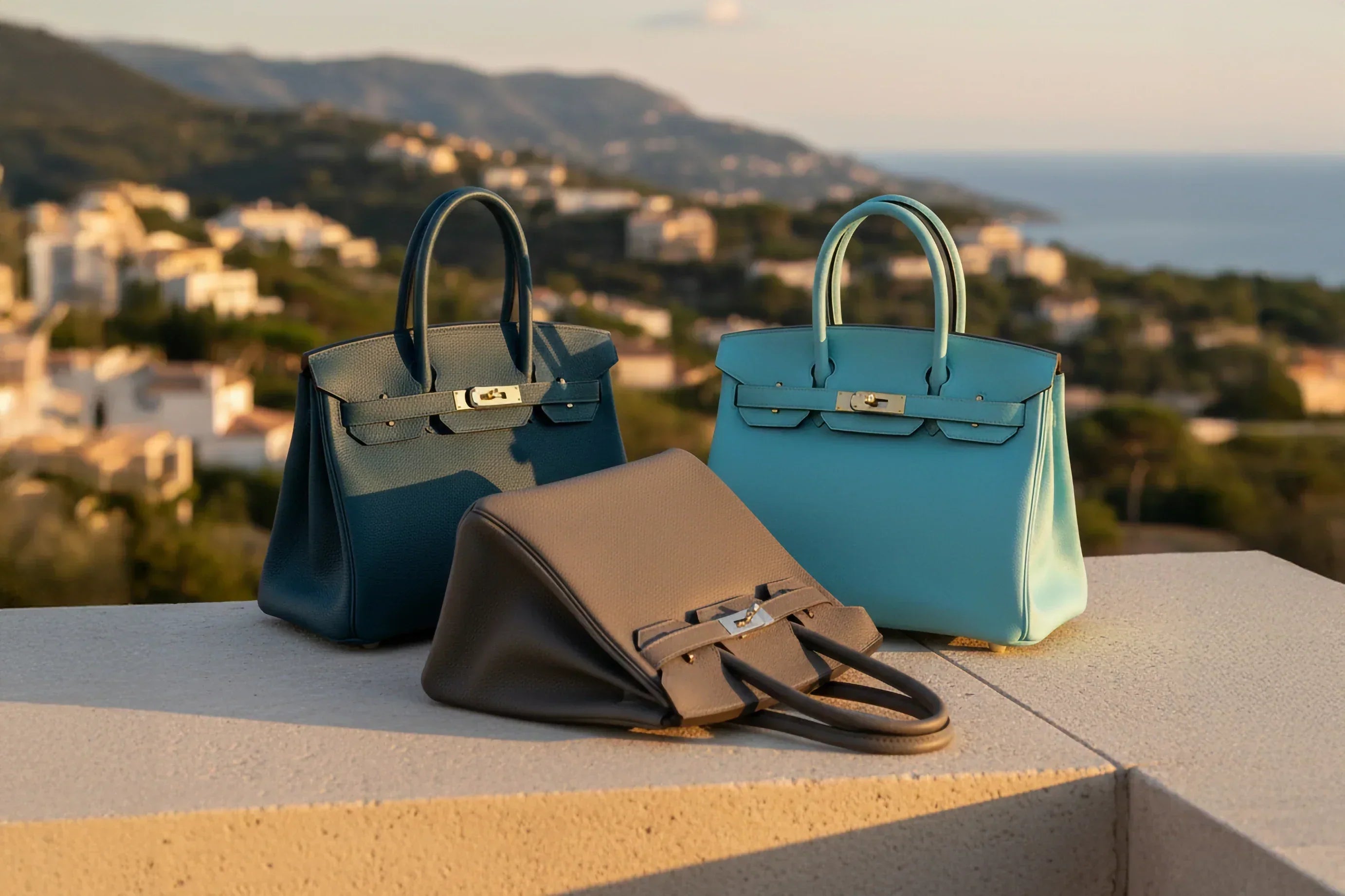
Is a Hermès Birkin Worth the Premium on the Resale Market?
Check out our Hermès collection and Birkin bags!
Hermès Birkin bags sit at the top of the luxury resale world, often selling for 30% or more above their original retail price. Sure, you might find a new Birkin for around $12,000 at a boutique, if you’re lucky enough to get the chance. For most of us, Hermès’ infamous quota system and selective client list make that almost impossible.
The resale market premium on Birkin bags actually makes sense for buyers chasing specific models, colors, or instant gratification. These bags tend to hold their value incredibly well, sometimes even appreciating. We’re seeing Birkins keep about 80% of their value on average, and some rare pieces double in price within five years. For most enthusiasts, the secondary market isn’t just an option, it’s the only realistic way to get one.
The real question is whether paying that premium fits your situation, budget, and collecting goals. Let’s dig into what drives those resale prices, look at real market data, and share some insider tips to help you move through this exclusive scene with a bit more confidence.
Key Takeaways
- Birkin bags typically hold onto 80% of their value and often go up, so the resale premium can be worth it for many buyers
- The secondary market gives you immediate access to models and colors that are nearly impossible to score through Hermès boutiques
- Leather type, color rarity, size, and condition all play big roles in resale value and should steer your buying decisions
Understanding the Hermès Birkin's Iconic Status
The Birkin’s legend started with a chance meeting between actress Jane Birkin and Hermès’ CEO in 1981. That moment turned a practical problem into the world’s most sought-after handbag. The mix of flawless craftsmanship, intentional scarcity, and celebrity love has made the Birkin a true icon.
The Origin and Legacy of the Birkin Bag
The Birkin story feels almost mythical. Back in 1981, Jane Birkin sat next to Jean-Louis Dumas, Hermès’ CEO, on a Paris-to-London flight. When her stuff spilled from her bag, she confessed she couldn’t find a stylish, functional bag that worked for her life.
Dumas listened, took notes, and promised to make her the perfect bag. A few years later, the first Birkin hit the scene.
This wasn’t just a new handbag. The Birkin showed off Hermès’ knack for blending functionality with true luxury. The roomy interior, unique shape, and signature hardware made it an instant classic.
What’s striking about this story? It’s real. Unlike so many luxury goods dreamed up in boardrooms, the Birkin was born out of a real woman’s needs. That kind of authenticity keeps it relevant, decade after decade. It’s more than a fashion accessory, it’s a piece of luxury history.
What Makes the Birkin So Coveted
Why is the Hermès Birkin so desperately wanted? Start with the craftsmanship, each bag takes up to 18 hours of careful handwork by a single artisan.
Scarcity fuels obsession. Hermès keeps production low on purpose, so waiting lists can drag on for years. It’s no accident; this is a carefully managed strategy that makes owning a Birkin feel like joining an exclusive club.
The investment angle is huge:
- Appreciation rates sometimes beat traditional investments
- Rare colors and exotic leathers fetch top dollar
- Limited editions become collector trophies
- Resale prices often leap past retail
Celebrities only add to the mystique. Victoria Beckham, Kim Kardashian, and plenty of others have shown off their Birkins, cementing the bag’s status symbol reputation.
Comparing the Birkin and Kelly: Distinct Appeal
Both the Birkin bag and Kelly bag show off Hermès’ craftsmanship, but they serve different vibes. The Kelly, first made in the 1930s and later named for Grace Kelly, is all about formal elegance with its single top handle and structured look.
The Birkin’s double handles make it more practical for everyday use. Its slightly slouchier shape fits modern life better than the Kelly’s stiff formality.
Market performance? The Birkin wins:
| Feature | Birkin | Kelly |
|---|---|---|
| Resale demand | Higher | Moderate |
| Waiting lists | Longer | Shorter |
| Investment growth | Stronger | Steady |
| Celebrity preference | More popular | Classic choice |
The Birkin’s versatility is a big part of its appeal. You can dress it up or down, while the Kelly leans formal. That flexibility helps Birkins outpace Kellys in the resale world, making them the favorite for luxury investors.
How the Hermès Resale Market Works
The Hermès resale market has exploded lately, creating a savvy ecosystem where trusted consigners and big platforms scramble to meet demand. Honestly, most of us just can’t play the traditional “Hermès game,” so the secondary market is where the action is.
The Rise of the Resale Market for Luxury Bags
The Hermès resale market has basically doubled in the last five years. It’s wild, secondary market prices often top what you’d pay at retail.
Why’s this happening? It’s classic supply and demand. Hermès keeps production of quota bags like the Birkin and Kelly intentionally low. At the same time, celebrity culture and social media have cranked up the desire.
The numbers speak for themselves. A basic Birkin 25 might retail for about $10,000 CAD, but it can resell for $24,000 or more. Some Birkins have shot up 127% to 138% in value.
What’s driving this?
- Limited availability in boutiques
- No need for waiting lists or playing the relationship game
- Immediate access to exactly the color and size you want
- Investment returns that outpace most traditional assets
This has created a parallel luxury world where you can skip the boutique circus entirely.
Major Players: From Rebag to Trusted Consigners
The resale world includes everything from big-name platforms to niche consigners. Rebag leads the pack, offering authentication and standardized pricing.
Platforms like The RealReal and Vestiaire Collective have global reach. They handle the details, authentication, photos, shipping, but take a 15-25% commission.
Independent consigners offer a more personal touch. Many focus just on Hermès and keep private client lists. They know their stuff, stamp years, leathers, market quirks, that bigger sites might overlook.
Auction houses like Christie’s and Sotheby’s step in for rare or vintage pieces. Big records get set here, though fees can hit 25-30%.
It’s crucial to find reputable sellers who provide thorough authentication, provenance, and clear condition reports. These are serious investments, so don’t skip your homework.
Access, Rarity, and the 'Hermès Game'
Traditionally, getting a Birkin meant building a years-long relationship with a sales associate. You’d buy scarves, jewelry, and other items, hoping for an offer on a quota bag.
Here’s the reality: Some people spend hundreds of thousands before even getting the chance at a Birkin. And you don’t get to pick your color, size, or leather.
Resale flips the script. Want a Birkin 30 in Gold Epsom with gold hardware? It’s ready for you right now, just be prepared to pay around $21,500 CAD.
The catch is paying above retail. But for many, dropping $20,000+ for certainty beats years of spending and waiting.
Production stamps make a difference too. Newer bags (like current B-stamps from 2023) go for more than older ones. Full sets, with box, dust bag, and receipts, also boost value.
Why Birkins Command a Premium Above Retail
Birkins cost more on the resale market because Hermès keeps access tough, the investment returns are proven, and global demand just keeps rising.
Exclusivity and Difficulty of Boutique Purchase
You can’t just walk into Hermès and buy a Birkin or Kelly. It’s all about relationships, and that can take years and a lot of spending.
Hermès uses a quota system. Even top clients usually get only one or two quota bags a year. You’ve got to build up a history with scarves, jewelry, and other accessories before they’ll even offer you the bag you really want.
Getting an appointment is another hurdle. You need to book time with a sales associate, build rapport, and show you’re committed to the brand with steady spending. Some clients have dropped $50,000 to $200,000 before getting their first Birkin.
Special order bags, with custom colors, take even longer. Expect to wait 18-24 months, and these fetch the highest resale premiums.
This whole process creates scarcity by design. When someone sells a Birkin, they’re passing on years of relationship-building and spending along with the bag.
Investment Potential vs. Luxury Purchase
Birkins don’t just hold value, they often appreciate. Most luxury items lose value fast, but Birkins can climb in price.
Recent data shows well-kept Birkins in hot configurations selling for 20-100% above retail. Newer bags (2020 and later) get the biggest markups, with some doubling their boutique price just months after release.
Full set bags, with box, dust bag, receipts, and hardware stickers, sell for more than incomplete sets. The difference? Sometimes $2,000-$5,000.
Certain specs really drive returns. Birkin 25 bags in colors like Gold, Black, or Etoupe reliably sell above retail. Limited edition colors and exotics can bring in 150-300% over boutique prices.
And unlike stocks or bonds, you can actually use your investment. That blend of luxury and financial upside makes the premium feel more reasonable to plenty of buyers.
Desirability and Global Demand
Demand for Hermès Birkin and Kelly bags just keeps climbing. Celebrities, social media, and new wealth in emerging markets all keep the fire burning, while Hermès holds production steady.
Hermès makes about 12,000-15,000 Birkin bags a year worldwide. With millions of potential buyers, it’s no wonder prices keep rising.
Cultural preferences matter too. Asian buyers love smaller sizes like the Birkin 25, which pushes those prices up even more. European clients lean toward Kellys, so there are regional price swings you can take advantage of.
The generational wealth transfer happening now means more young buyers see Birkins as both status symbols and investments, almost like collectible art.
Auction houses like Christie’s and Sotheby’s regularly put Birkins on the block, treating them as serious collectibles. When bags go for $100,000-$500,000 at auction, it makes even “regular” Birkins at $25,000-$35,000 look like a deal by comparison.
Key Factors Impacting Birkin Resale Value
A few big things decide whether your Hermès investment pays off: size trends, material rarity, condition, and when the bag was made all matter a lot.
Size Matters: Birkin 25, 30, and Trends
The Birkin 25 is the current star of the resale market. Store-fresh versions often hit $30,000 or more, about triple retail.
That smaller size fits today’s lifestyle. Celebrities and influencers love the 25 for both day and night.
Birkin 30 bags are still in demand, but usually go for a bit less than the 25. It’s mostly about supply, there just aren’t as many 25s out there.
Bigger sizes like the Birkin 35 and 40 don’t do as well on resale. There’s more supply and less demand.
Right now, pristine Birkin 30s sell for $25,000-$30,000. Birkin 35s in similar shape usually go for closer to $20,000.
Colours, Leathers, and Rarity
Neutrals and pastels are the hottest colors right now. Black, Gold, and Étoupe are always in demand.
Bright colors can be risky for resale. They often sell for 20-30% less than similar neutrals.
Togo leather is the go-to for most collectors, it’s tough, scratch-resistant, and popular. Clemence and Epsom also do well.
Exotics shake things up. Crocodile and alligator Birkins fetch big premiums over leather. Ostrich isn’t as popular among collectors, though.
Limited edition and special order bags can skyrocket in price, especially right after release. Usually, they peak in the first year before leveling out.
Condition and Full Set Status
"Store Fresh" condition drives the biggest resale value. We're talking bags with the original plastic still on the hardware, a full box set, and no signs of wear.
Bags with visible wear, scratched hardware, corner marks, scuffed leather, usually sell for about 30% less than pristine ones. Collectors want investment-grade pieces, so they’re picky.
Full set status means you’ve got the orange box, dust bag, clochette, lock, keys, and all authenticity materials. Missing anything? That’ll knock down the value, especially for serious buyers.
Even tiny imperfections matter at these price points. When people are paying five figures, they’ll scrutinize every detail.
Professional authentication is now non-negotiable. Auction houses and top dealers include the paperwork collectors expect.
Year, Stamp, and Provenance
Date stamps play a huge role in pricing for Hermès bags. The newest ones, especially if they’re flawless, get the highest premiums.
Bags over five years old tend to lose value compared to recent releases. Most collectors want the latest craftsmanship and color options.
Provenance can boost value, too. Bags from well-known collectors or famous previous owners sometimes get premiums above the usual market rate.
Production year links directly to hardware and leather options. Some stamp years have discontinued details that collectors chase.
Bags with clear, recent stamps and solid, documented history through authorized channels usually perform best.
Real-World Pricing: Recent Market Data & Notable Examples
The Hermès Birkin resale market is all over the map, prices depend on the model, where you’re selling, and even where you live. Some Birkin versions just hold value better or appreciate faster, and the numbers back that up.
Price Trends for Birkin Models Across Platforms
Right now, the Birkin 25 is the hottest ticket, often selling for 120-150% of retail on sites like Rebag and Sotheby’s. Collectors can’t get enough of the smaller size.
Birkin 30 models usually hold 108-125% of their original price. They hit that sweet spot between everyday use and investment.
Exotic leather Birkins blow Togo and Clemence out of the water. Crocodile and alligator versions? They often go for 200-300% above retail, sometimes even more if the color is rare.
Auction results lately have been pretty consistent. A Birkin 25 in Rose Sakura, for example, sold for $35,000 on several platforms within weeks, so the market’s not as wild as you’d think.
How Brand, Platform, and Location Affect Sale Price
Rebag offers strong prices for standard leather Birkins and their authentication process gives buyers peace of mind. Their Infinity program adds extra liquidity, too.
Where you live matters. European buyers often shell out 15-20% more than North Americans, thanks to VAT and import duties.
Platform reputation makes a difference. Big auction houses like Christie’s and Sotheby’s get the best prices, especially for rare or vintage bags.
Condition reports can be all over the place. Some consignment platforms accept bags with a little wear, while others only take the best of the best and can charge more.
A Look at Quota and Special Order Bags
Special order bags sit at the top of the Birkin collecting pyramid, sometimes selling for 300-500% more than standard models. These custom bags come in color combos you won’t see in regular production.
Quota bags from flagship stores tend to hold their value better than those from smaller boutiques. Collectors care about the story behind the bag.
Special orders in discontinued colors like Rouge H or Vert Foncé have hit record prices. Last year, a special order Birkin 30 in Ultraviolet (which is discontinued) sold for $75,000.
When Hermès drops certain hardware or leather options, resale values usually shoot up within months.
Insider Tips for Buying or Selling a Birkin
Buying or selling a Birkin isn’t just about luck, you need to know how authentication works, when to make your move, and how to avoid fees that can kill your profits.
Authenticity, Documentation, and Trustworthy Resellers
Authentication is everything with Birkins. One fake can cost you thousands and ruin your reputation.
Reputable resellers like Rebag, The RealReal, and Fashionphile use multi-point checks. Their teams examine everything, stitching, hardware, you name it.
Always ask for full documentation:
- Original Hermès receipt
- Authenticity cards (matching serial numbers)
- Dust bags and boxes (missing accessories aren’t proof of a fake, but still)
- Professional authentication certificates from trusted services
For private deals, third-party authentication services like Authenticate First or Entrupy are smart moves. They cost $10-50 and can save you from a disaster.
Red flags: Prices way below market, sellers dodging your photo requests, or bags with zero documentation on history.
Timing Your Transaction: When to Buy or Sell
Timing matters, a lot. The resale market has its seasons, and you can use them to your advantage.
Best time to buy? Usually January to March, when post-holiday spending dips and sellers need cash. We’ve seen prices drop 10-15% during this window.
Best time to sell? April to June and October to December, when folks have tax refunds or year-end bonuses burning holes in their pockets.
Color trends play a role, too. Classic colors like black, gold, and etoupe hold steady. Seasonal shades peak right after release and then usually fade.
Market conditions can flip things. During economic uncertainty, more people treat luxury goods as investments. In a boom, more sellers flood the market and prices might soften.
Pitfalls, Fees, and Maximizing Your Return
Commission fees can eat your profits if you’re not careful. Most consignment platforms take 15-40% off the top.
Here’s how the main platforms stack up:
- Rebag: 30-40% commission but quick sales
- Consignment shops: 40-50%, but you get local convenience
- Private sales: No fees, but you’ll have to do more legwork and take on more risk
Don’t forget extra costs, authentication ($25-100), shipping insurance ($50-200), and maybe storage if your bag sits unsold.
Condition is everything. A mint Birkin can fetch 80-90% of retail, but if it’s got obvious wear, expect 60-70%. Spending $100-300 on professional cleaning can pay off in higher sale prices.
Documentation adds real value. Bags with full packaging and receipts sell for 10-20% more than identical bags without.
Be realistic. Even popular Birkins can take 3-6 months to sell at top prices.
Frequently Asked Questions
The Birkin resale market comes with a lot of questions, pricing, value retention, investment potential, and more. Here’s what collectors and would-be buyers ask most often.
How does the Birkin bag's resale value compare to its original retail price?
Birkins usually hold about 80% of their retail price on resale, ahead of most luxury goods, which tend to drop fast after you buy them.
But honestly, many Birkins sell for more than retail. Limited supply and rising demand have pushed secondary prices well above what you’d pay at an Hermès store.
Rare materials and hot color combos can fetch 50-200% over retail. The gap’s only getting wider as Hermès tightens production.
What factors contribute to the Birkin's consistent appreciation over time?
Controlled supply is the big one. Hermès limits production to keep the bags exclusive and in demand.
Their craftsmanship is legendary. One artisan spends 18-25 hours making each bag, so they last decades if you treat them right.
Brand prestige just keeps climbing, especially as new markets discover Hermès. Long waitlists and strict buying rules create artificial scarcity.
Celebrity sightings and social media keep Birkins in the spotlight, drawing in new collectors who fight for the limited supply.
Could investing in a Birkin bag be more lucrative than traditional investments?
Some Birkins have outperformed gold, stocks, and real estate in certain timeframes. Rare, exotic-leather pieces have seen wild appreciation.
But let’s not kid ourselves, Birkins aren’t sure bets. The luxury market is volatile, and trends or economic shifts can change things fast.
Costs like storage, insurance, and authentication eat into returns. And unlike stocks, bags don’t pay dividends.
The best “Birkin investors” are usually collectors who actually love the bags. They’re more likely to hang on long enough to see big gains.
Why are some Birkin bags more expensive on the secondary market than others?
Leather makes a huge difference. Exotic skins like crocodile and ostrich cost way more than Togo or Clemence.
Size matters, too. The 25cm and 30cm bags get more attention, they’re easier to use and appeal to more buyers.
Rare colors drive prices up. Neutrals like Black, Gold, and Etoupe hold value, but limited-edition shades can explode in price.
Hardware and special editions add premiums. Diamond hardware or collab pieces break auction records.
Condition is key. Pristine bags with all the original extras get top dollar; worn ones lag way behind.
What's the record for the highest price ever paid for a Birkin at resale?
A 35cm Niloticus crocodile Himalaya Birkin with 18-carat white gold and diamond hardware holds the record. "Vegas Dave" Oancea paid $500,000 for it in 2019.
This bag is the ultimate Hermès masterpiece. The Himalaya leather needs expert dyeing to get that white-to-grey gradient.
Diamond-encrusted hardware boosts the value even more. Only a handful of these exist, so they’re about as rare as it gets.
How much should you expect to pay for the least expensive Birkin on the resale market?
If you're looking for an entry-level Birkin in standard leather, expect to see prices starting around $15,000 to $20,000 CAD on the resale market. Usually, these are older bags or ones in less popular colors, so if you're not picky, you might find a good deal.
The 35cm and 40cm sizes tend to go for less than the smaller versions. Not everyone wants a big bag, so you might snag a bargain if you don't mind the extra space.
Bags showing some wear or missing a few accessories often sell for less. Sometimes, you can spot a decent Birkin for $12,000 to $15,000 CAD if you're okay with a little compromise on condition.
If you stick with Togo or Clemence leather, you'll probably find the best prices. These classic leathers pop up more often than exotic skins and still hold up well in the resale world.
